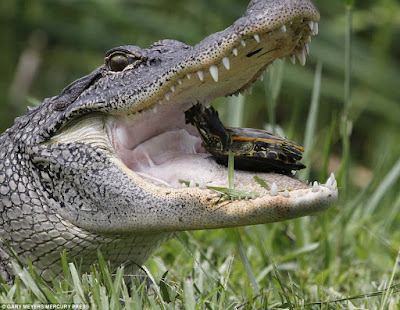Saranga Devi is a mysterious old lady, who works among the world of Doms, the “undertakers” of Hinduism, who tend to sacred cremation grounds in India. When her husband died 26 years ago, Saranga Devi decided to take on his
job herself — instead of her sons, as tradition would dictate. She began
taking care of the eternal flame, becoming de facto Dom Rani, the Queen of Doms. Doms, a lower-caste community usually employed as farm workers and
weavers, or else relegated to the nefarious task of cremating dead.
Today, rumor has it that the Doms are millionaires, thanks to the
flourishing cremation business. Varanasi is the place where every Hindu
wishes to die, in order to break free from the cycle of reincarnation, samsara, and to obtain moksha,
liberation. Dying here means ending one’s cycle of death and rebirth
and finally attaining nirvana. That’s why the sick and elderly come from
far away, hoping to pass out in the holiest city in India, while
legions of others bring their dead to be cremated here.
 |
| Saranga Devi sits by the sacred fire on the ghat. |
 |
| The main burning ground in Varanasi, the Manikarnika ghat, seen from
above. There are different levels of terraces and gated grounds where
the dead are burned according to their caste: the lower the caste, the
lower the ground. |
 |
| An Aghori Baba meditating inside a soot-blackened and abandoned building
behind Manikarnika ghat. Aghoris are one of the most extreme and
controversial sect of Hindu holy men, called sadhus, who often dwell
near cremation grounds. |
 |
| Chotu Chowdhury, 65, has been a Dom for 40 years. |
 |
| Male relatives of the deceased carry a stretcher towards the Ganges River as part of the ritual before cremation. |
 |
| Pots used to collect water from the Ganges to purify the body. |
 |
| A corpse is wrapped in colorful cloth before being dipped in the river.
On the river, boats loaded with wood cruise towards Manikarnika to
unload their wood in the early morning. Manikarnika is the place where
every Hindu wishes to be cremated. |
 |
| A man’s body is washed by his relatives in the Ganges. |
 |
| An iron scale on the banks of the Ganges, used by Doms to weigh the
wood. The quantity of wood is calculated by the weight of the deceased.
The cost will be bargained by the relatives according to quality and
quantity needed. |
 |
| A body needs approximately three hours to burn entirely, depending on
the weight and quality of wood. Some families are too poor to buy
sufficient wood so the corpse stays half-burned. It is the Dom’s duty to
take care of the fire by poking it continuously. |
 |
| A male relative of the deceased throws water on the nearly extinguished
funeral pyre, as the ritual dictates. This marks the end of the
cremation ceremony. | | | | | | |


















































